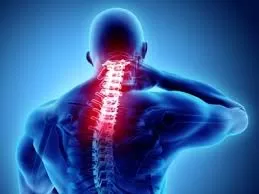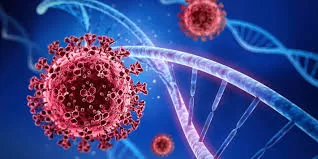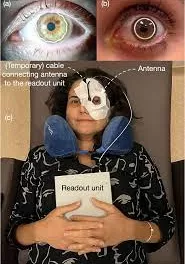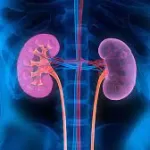February 5, 2025 – A groundbreaking pilot clinical trial has demonstrated the potential of spinal cord electrical stimulation to improve neural function and restore movement in patients with spinal muscular atrophy (SMA), an inherited neuromuscular disease. The research, conducted by the University of Pittsburgh School of Medicine and published in Nature Medicine, reveals a drug-free, minimally invasive approach that targets the root cause of neural degeneration.
SMA is a genetic condition that leads to the progressive death of motor neurons, impairing muscle control and causing a gradual loss of motor function. While there is no known cure for SMA, recent advancements in gene therapies and medications have helped slow disease progression. However, they do not reverse the damage caused by neuron degeneration.
In this study, researchers explored the use of epidural electrical stimulation to stimulate sensory spinal nerves, aiming to enhance the function of surviving motor neurons. The therapy targets the spinal nerve roots to amplify sensory inputs to motor neurons, engaging neural circuits and improving motor function.
The pilot trial involved three adult participants with milder forms of SMA. For a month, they underwent regular spinal cord stimulation sessions. The results were remarkable: all participants experienced improved muscle strength, walking ability, and reduced fatigue. Notably, one participant was able to walk from home to the lab without tiring, a significant improvement over baseline.
“Because SMA is a progressive disease, patients typically expect deterioration, but we saw improvements across several clinical outcomes,” said Dr. Elvira Pirondini, co-author of the study. “These improvements in daily activities are encouraging, and we’re optimistic about continuing research to explore the long-term benefits of this therapy.”
The results of this study suggest that neurostimulation could potentially be applied to other neurodegenerative diseases, such as ALS or Huntington’s disease, provided future research can identify the appropriate targets.
While the findings offer hope for SMA patients, the researchers caution that further clinical trials are needed to assess the long-term safety and efficacy of spinal cord stimulation as a treatment for SMA and other neurodegenerative conditions.
Disclaimer: This study represents early-stage findings from a pilot clinical trial. The outcomes of this trial should not be interpreted as definitive evidence of the therapy’s long-term effectiveness. Additional trials and research are required to fully understand the risks and benefits of spinal cord stimulation for SMA and similar conditions. The information presented here is not intended as medical advice. Please consult with a healthcare provider for personalized treatment options.












